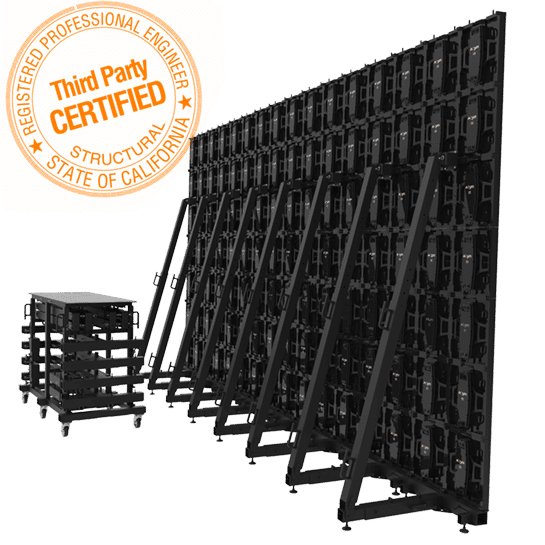Exploring the Longevity of LED Display Panels in Contrast to Traditional Display Methods
Exploring the Longevity of LED Display Panels in Contrast to Traditional Display Methods
Blog Article
LED wall screens have become progressively favored in recent years, especially in settings like schools, corporate spaces, and community areas. These screens use light-emitting diodes (LEDs) to produce bright and lively images. One of the most notable benefits of LED innovation is its longevity compared to traditional display methods, such as CRT tube monitors (CRTs) and liquid crystal screens. Grasping the distinctions in duration and performance between these options can assist buyers make knowledgeable choices about their display needs.
Traditional screen methods, like CRTs, have been present for numerous decades. They were commonly used in televisions and PC screens. However, CRTs have a shorter lifespan, typically lasting around 10,000 to 20,000 hrs of operation. This means that after a couple of years, users may observe a decline in image quality, such as fading or color deformation. In comparison, LED panel panels can last considerably longer, often exceeding 50,000 hours. This prolonged lifespan means that users can experience reliable performance without the requirement for regular replacements.
Another crucial factor to take into account is power efficiency. LED wall screens utilize less power than conventional screens, which not only helps the ecosystem but also reduces power costs. For example, while a CRT screen may consume approximately 100 watts of power, an LED panel can consume as few as 30 to 50 watts. This discrepancy in energy consumption contributes to the overall durability of LED technology, as reduced energy consumption generates less heat. Excess thermal energy can damage electrical components, resulting to a reduced lifespan for traditional displays.
In furthermore to their longer duration and energy conservation, LED wall screens also provide try these out superior image clarity. They offer brighter colors and better differentiation, making them ideal for various applications, from marketing to educational presentations. The innovation behind LED screens allows for a wider viewing perspective, meaning that visuals remain clear and vibrant even when viewed from the flank. This is a major benefit over traditional screens, which frequently suffer from color distortion and diminished luminosity at wider angles.
In conclusion, the durability of LED wall panels in contrast to conventional screen technologies is a crucial factor for buyers to take into account. With durations that can exceed 50,000 hours, energy efficiency, and enhanced visual clarity, LED innovation provides many advantages. As innovation continues to progress, LED wall panels are likely to become even more prevalent in multiple environments. Grasping these distinctions can help people and organizations make improved decisions when purchasing in display technology, ensuring they get the optimal worth for their requirements.